(Test Your Grip)Fill in the blanks(a) from PRADEEP PHYSICS (HINGLISH) RAY OPTICS for Class 11
| Class 11 | PHYSICS |
| Chapter | RAY OPTICS |
| PRADEEP PHYSICS (HINGLISH) | (Test Your Grip)Fill in the blanks(a) |
| Medium | English |
| Academic Year | 2023-2024 |
Question 10
A point source of monochromatic light 'S' is kept at the centre of the bottom of a cylinder of radius 15.0cm. The cylinder contains water (refractive index 4//3) to a height of 7.0cm. Draw the ray diagram and calculate the area of water surface through which the light emerges in air.View SolutionQuestion 12
A right prism is to be made by selecting a proper material and the angles A and B (B≤A) as shown in figure. It is desired that a ray of light incident normally on AB emerges parallel to the incident direction after two internal reflection.a. What should be the minimum refractive index μ for this to be possible? b. Forμ=53 is it possible to achieve this with the angle A equl to 60 degrees?View SolutionQuestion 18
A spherical surface of radius 30 cm separates two transparent media A and B with refractive indices 1'33 and 1.48 respectively. The medium A is on the convex side of the surface. Where should a point object be placed in medium A so that the paraxial rays become parallel after refraction at the surface ?View SolutionQuestion 23
One end of a horizontal cylindrical glass rod (μ=1.5) of radius 5.0 cm is rounded in the shape of a hemisphere. Asnobject 0.5 mm high is placed perpendicular to the axis of the rod at a difference of 20.0 cm from the rounded edge. Locate the image of the object and find its height.View SolutionQuestion 29
A convex lens made up of glass of refractive index 1.5 is dippedin turn
(i) in a medium of refractive index 1.65
(ii) in a medium of refractive index 1.33
(a) Will it behave as converging or diverging lens in the two cases ?
(b) How will its focal length changes in the two media ?View SolutionQuestion 32
A convex lens made up of glass of refractive index 1.5 is dippedin turn
(i) in a medium of refractive index 1.65
(ii) in a medium of refractive index 1.33
(a) Will it behave as converging or diverging lens in the two cases ?
(b) How will its focal length changes in the two media ?View SolutionQuestion 59
A convex lens of focal length 15cm, and a concave mirror of radius of curvature 20cm are placed co-axially 10cm apart. An object is placed in front of convex lens so that there is no parallax between the object and its image formed by the combination. Find the position of the object.View SolutionQuestion 60
Fig. shows a plane mirror M placed at a distance of 10cm from a concave lens L. A point object is placed at a distance of 60cm from the lens. The image formed due to refraction by the lens and reflection by the mirror is 30cm behind th mirror. What is the focal length of this lens ?
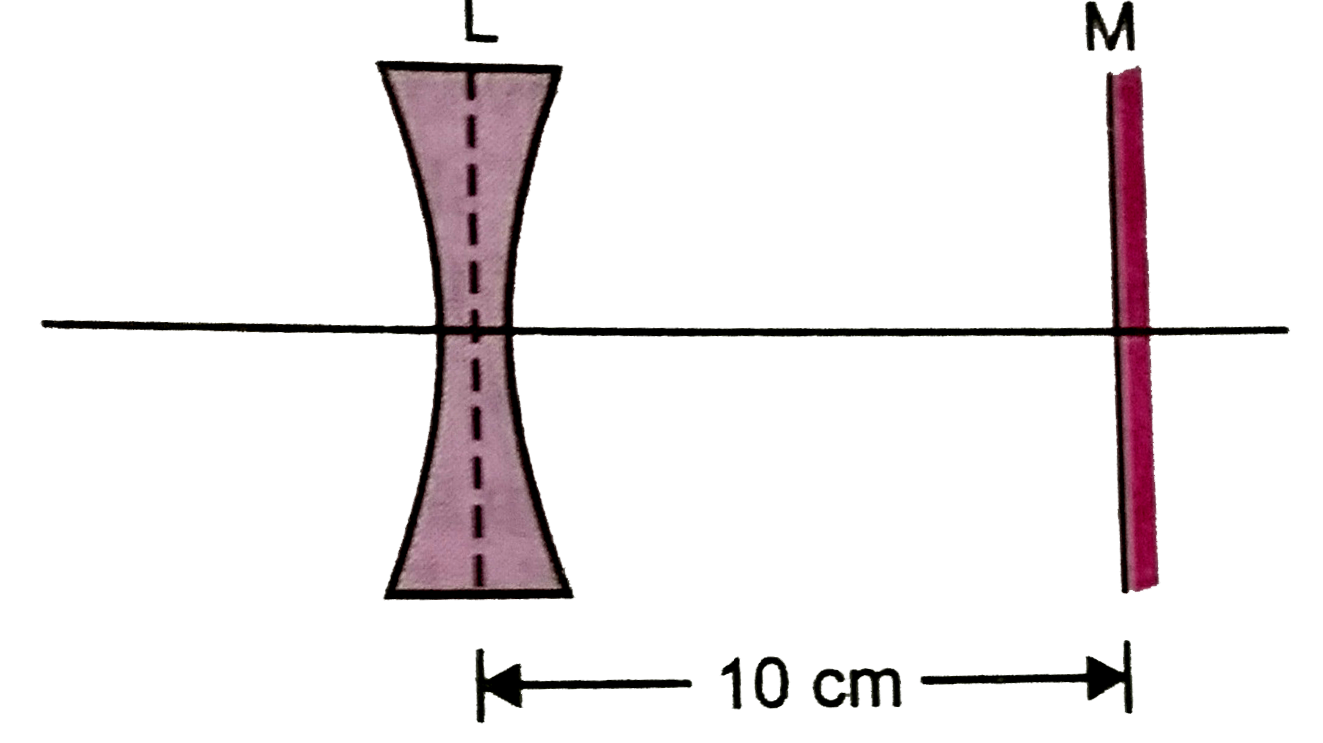 .View Solution
.View SolutionQuestion 61
Monochramatic light is incident on the pLane interface AB between two media of refractive indices μ1 and μ2(μ2>μ1) at an angle of incidence theta as shown in figure. The angle theta is infinitesimally greater thannte critical angle for the two media so thast total internal reflection takes place. Now, if a transparent slab DEFG of uniform thickness and of refractive inde μ2 is introduced on theinterface (as shown in figure ) , show that for any value of μ2 all light will ultimately be reflected back into medium II.
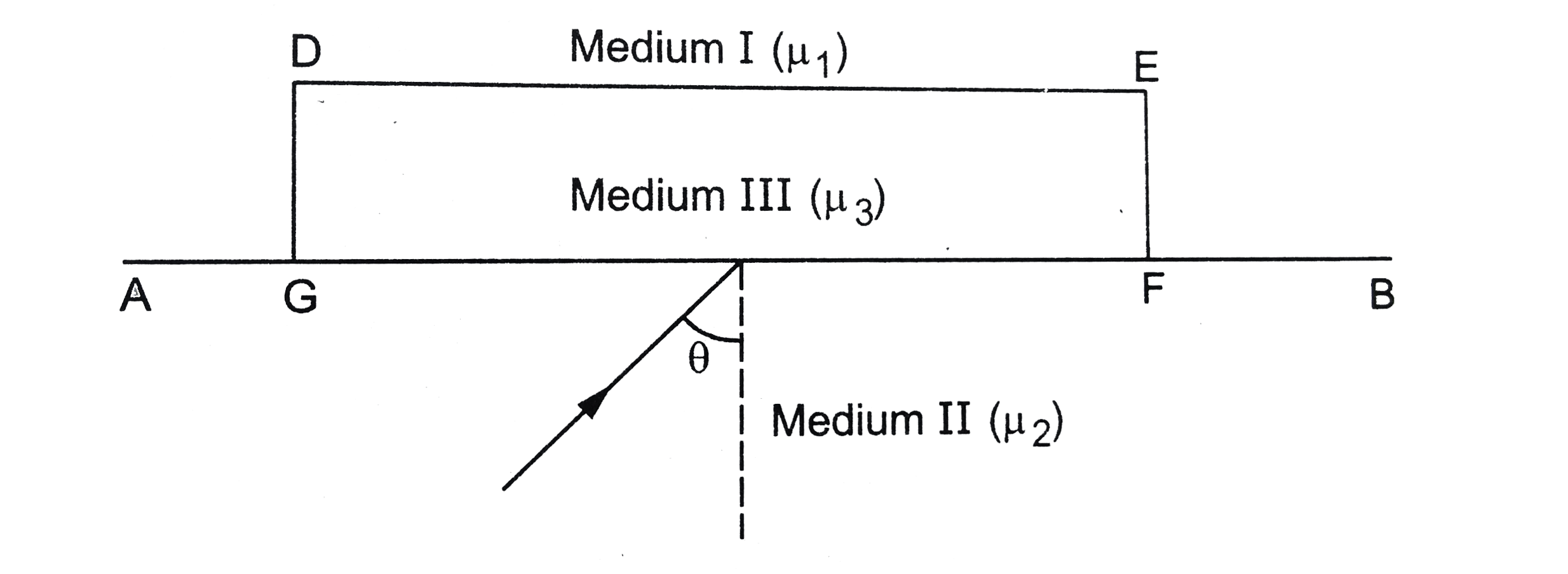 View Solution
View SolutionQuestion 63
A biconvex thin lens is prepared from glass (μ=1.5), the two bounding surfaces having equal radii of 25 cm each. One of the surfaces is silvered from outside to make it reflecting. Whee should an object be placed before this lens so that the image is formed on the object itself?
 View Solution
View SolutionQuestion 64
A concave convex figure lens made of glas (μ=1.5) has surface of radii 20 cm and 60 cm. a. Locate the image ofan object placed 80 cm to the left of the lens along the principal axis. B. A similar lens is placed coaxially at distanc of 160 cm right of it. Locate the position of the image.
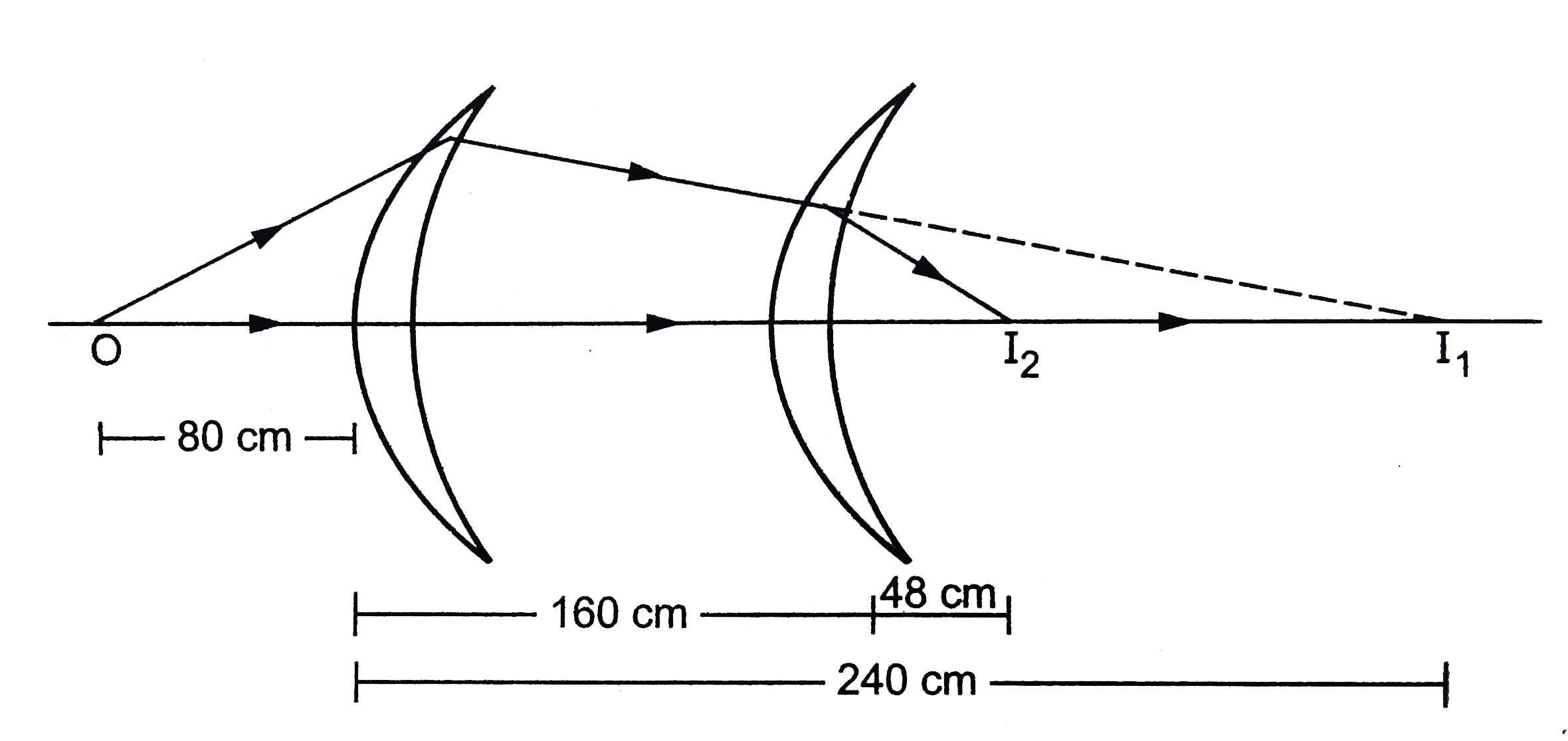 View Solution
View SolutionQuestion 90
The refractive index of a material M1 changes by 0.014 and that of another material M2 changes by 0.024 as the colour of the light is changed from red to violet. Two thin prisms one made of M1(A=5.3∘) and other made of M2(A=3.7∘) are combined with their refracting angles oppositely directed.
(a) Find the angular dispesion produced by the combination.
(b) the prisms are now combined with their refracting angles similarly directed. Find the angular dispersion produced by the combination.View SolutionQuestion 104
The focal lengths of the objective and eye piece of a microscope are 2cmand5cm respectively, and the distance between them is 20cm. Find the distance of the object from the objective when the final image seen by the eye is 25cm from the eye piece. What is the magnifying power ?View SolutionQuestion 109
A compound microscope uses an objective lens of focal length 4cm and eye lens of focal length 10cm. An object is placed at 6cm from the objective lens. Calculate magnifying power of compound microscope if final image is formed at the near point. Also, calculate length of the tube of compound microscope.View SolutionQuestion 110
The total magnification produced by a compound microscope is 20. The magnification produced by the eye piece is 5. The microscope is focussed on a certain object. The distance between the objective and eye piece is observed to be 14cm. If least distance of distinct vision is 20cm, calculate the focal length of objective and eye piece.View SolutionQuestion 115
A gaint refrecting telescope at an observatory has an objective lens of focal length 15m. If an eye piece lens of focal length 1cm is used, find the angular magnification of the telescope.
If this telescope is used to view the moon, what is the diameter of image of moon formed by objective lens ? The diameter of the moon is 3.42×106m and radius of lunar orbit is 3.8×108m.View SolutionQuestion 135
In the above question, the ralation remains the same whether
(A) image is real or virtual
(B) refracting surface is convex or cancave
(C )light is going from rarer to denser medium or from denser to rarer medium
(D) object is close to far off from the refracting surface
Choose the wrong statementView SolutionQuestion 193
You are given four sources of light each one providing a light of a single colour-red, blue,green and yellow. Suppose the angle of refraction for a beam of yellow light corresponding to a particular angle of incidence at the interface of two media is 90∘. Which of the folowing statements is correct it the source of yellow light is replaced with that of other lights without changing the angle of incidence ?View SolutionQuestion 198
A car is moving with a constant speed of 60kmh−1 on a straight road. Looking at the rear view mirror, the driver finds that the car following him is at a distance of 100m and is approaching with a speed of 5kmh−1. In order to keep track of the car in the rear, the driver begins to glane alternatively at the rear and side mirror of his car after every 2s till the other car overtakes. If the two cars were maintaining their speeds, which of the following statement (s) is/are correct ?View SolutionQuestion 209
A beam of light from a source L is incident normally on a plane mirrorr fixed at a certain distance x from the source. The beam is reflected back as a spot on a scale placed just above the source L. When the mirrorr is rotated through a small angle θ, the spot of the light is found to move through a distance y on the scale. The angle θ is given by :View SolutionQuestion 214
Consider a concave mirror and a convex lens (refractive index 1.5) of focal length 10cm each separated by a distance of 50cm in air (refractive index = 1) as shown in the Fig. An object is placed at a distance of 15cm from the mirror. Its erect image formed by this combination has magnification M1. When this set up is kept in a medium of refractive index 7/6, the magnification becomes M2. The magnitude (M2M1) is :
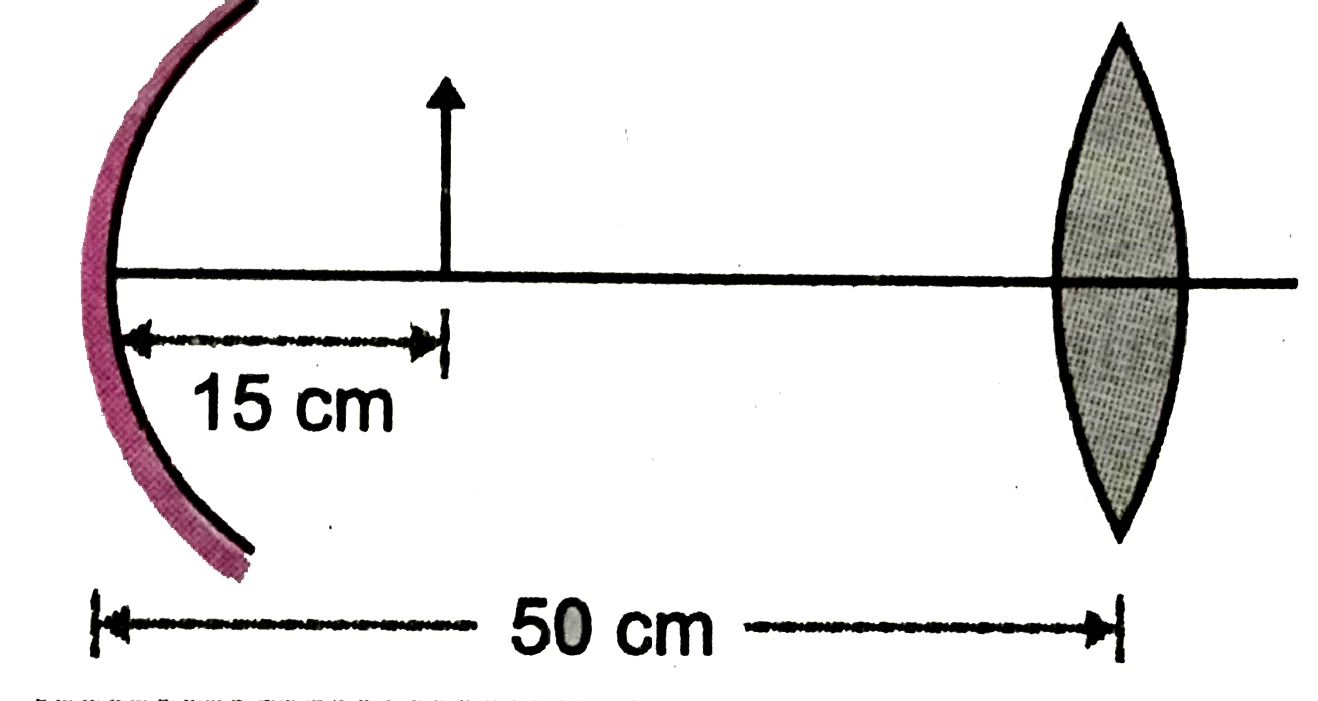 .View Solution
.View SolutionQuestion 215
Two identical glass rods S1 and S2 (refractive index=1.5) have one convex end of radius of curvature 10 cm. They are placed with the curved surfaces at a distance d as shown in the figure, with their axes (shown by the dashed line) aligned. When a point source of light P is placed inside rod S1 on its axis at a distance of 50 cm from the curved face, the light rays emenating from it are found to be parallel to the axis inside S2. The distance d is
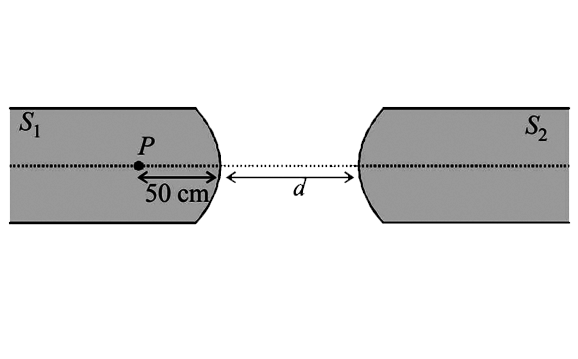 View Solution
View SolutionQuestion 216
Two identical thin planoconvex glass lenses (refractive index 1.5) each having radius of curvature of 20cm are placed with their convex surfaces in contact at the centre. The intervening space is filled with oil of refractive index 1.7. The focal length of the combination is View SolutionQuestion 218
An observer can see through a pin-hole the top end of a thin rod of height h, placed as shown in the figure. The beaker height is 3h and its radius h. When the beaker is filled with a liquid up to a height 2h, he can see the lower end of the rod. Then the refractive index of the liquid is
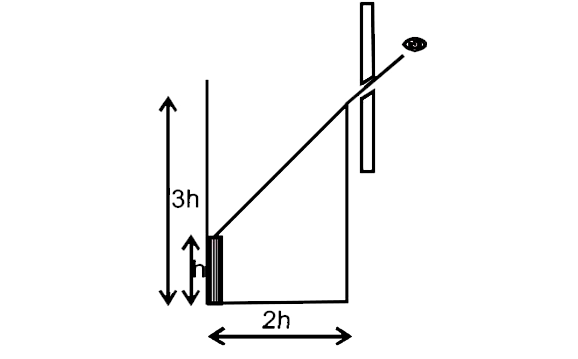 View Solution
View SolutionQuestion 223
A luminous object is placed at a distance of 30cm from the convex lens of focal length 20cm. On the other side of the lens, at what distance from the lens a convex mirror of radius of curvature 10cm be placed in order to have an upright image of the object coincident with it ?View SolutionQuestion 224
Four combinations of two thin lenses are given in List I. The radius of curvature of all curved surfaces is r and the refractive index of all the lenses is 1.5 Match lens combinations in List I with their focal length in List II and select the correct answer using the code given below the lists.
(A) (p)2r
(B) (q)r2
( C) (r)−r
(D) (s)r.
Code :
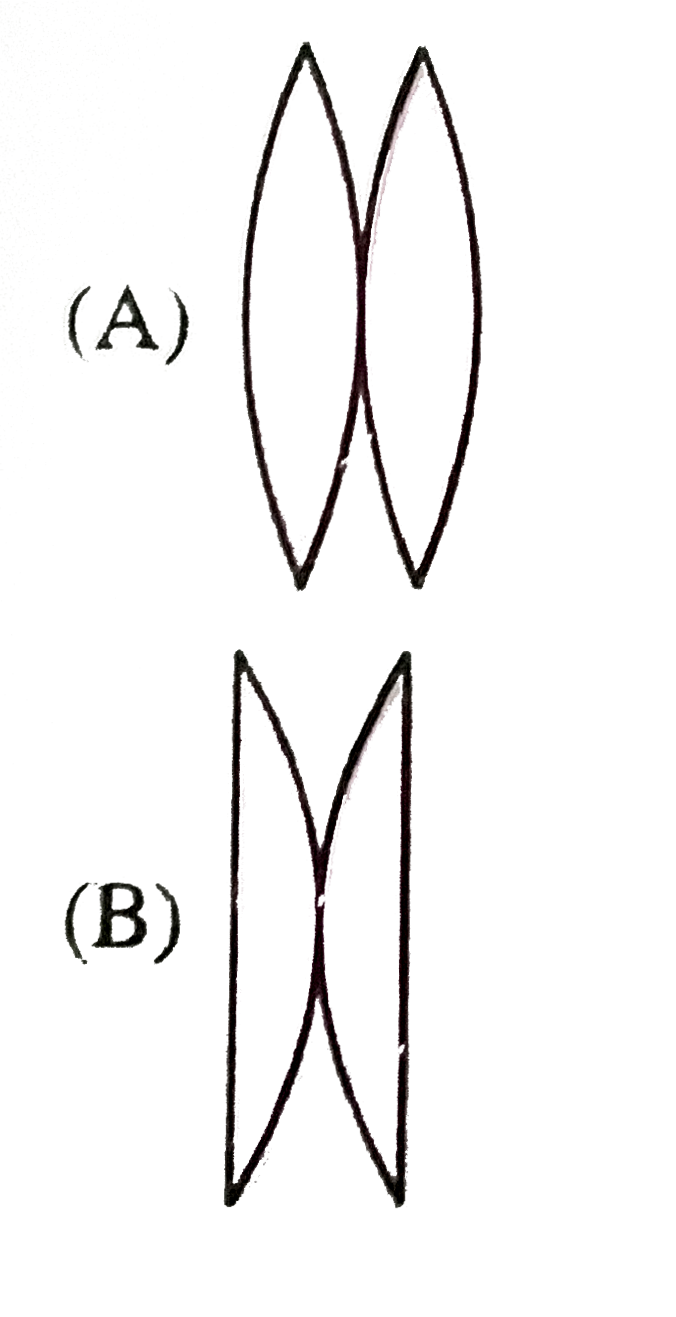
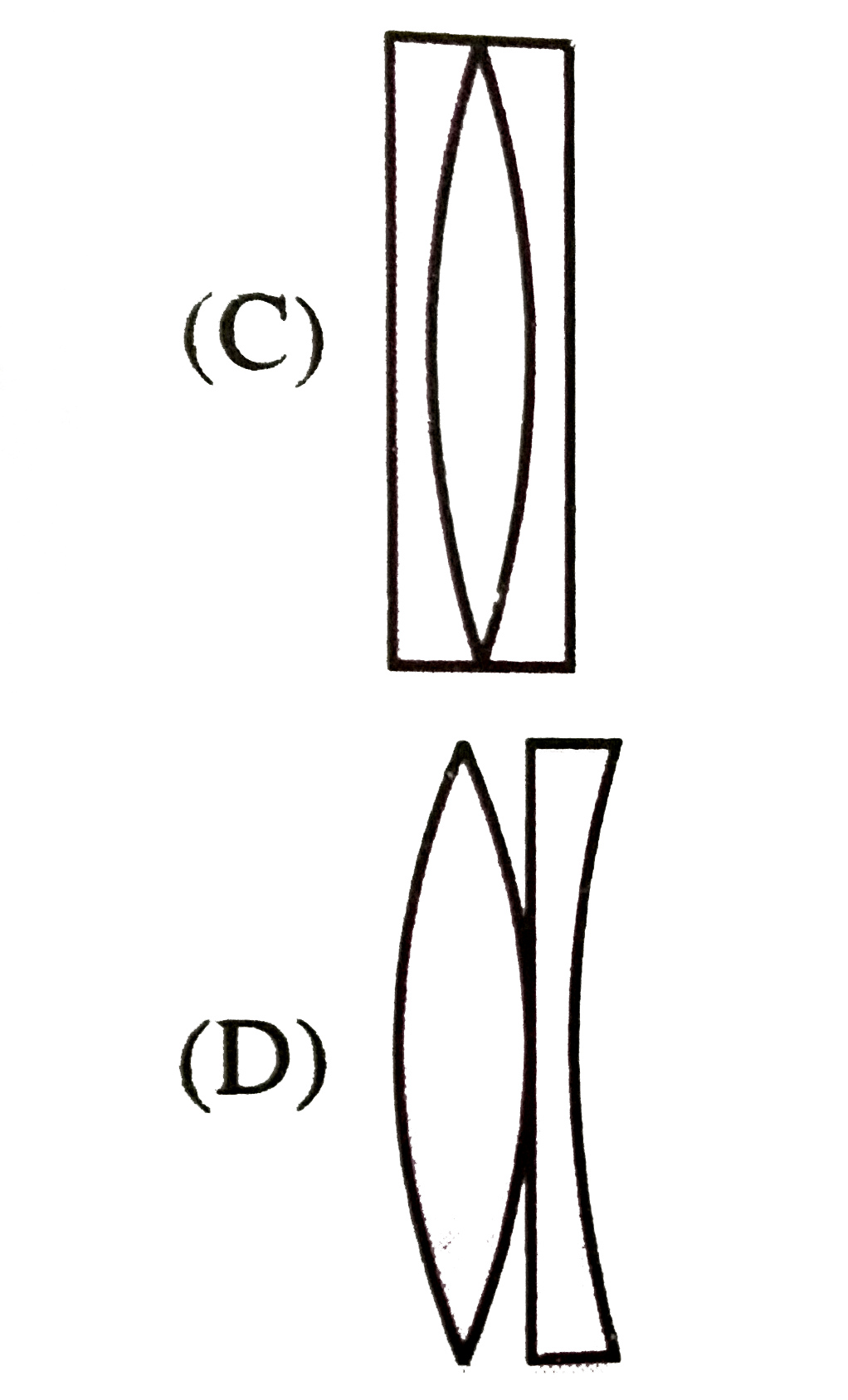 View Solution
View SolutionQuestion 228
A slab of transparent material is made as shown in Fig. Monochromatic parallel beams of light are normally incident on the slab. The thickness of C is twice the thickness of B. If the number of waves in A = number of waves in combination of BandC, then the refractive index of B is :
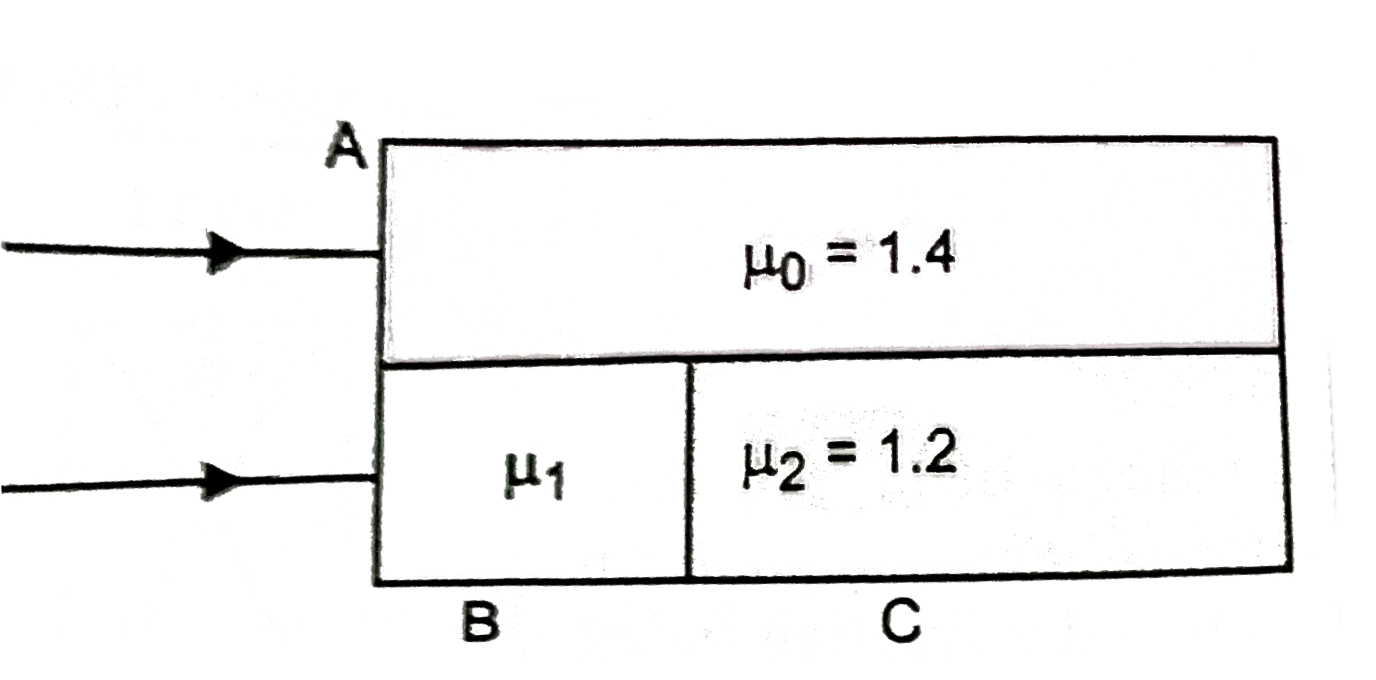 .View Solution
.View SolutionQuestion 235
In an optics experiment, with the position of the object fixed, a student varies the position of a convex lens and for each position, the screen is adjustment to get a clear image of the object. A graph between the object distance u and image distance v from the lens, is plotted using the same scale for the axes. A straight line passing through origin and making an angle of 45∘ with the x-axis meets the experimental curve at P. The coordinate of P will be.View SolutionQuestion 239
A point source S is placed at the bottom of a tranparent block of height 10mm and refractive index 2.72. It is immersed in a lower refractive index liquid as shown in the figure. It is found that the light emerging from the block to the liquid forms a circular bright spot of diameter 11.54 mm on the top of the block. The refractive index of the liquid is
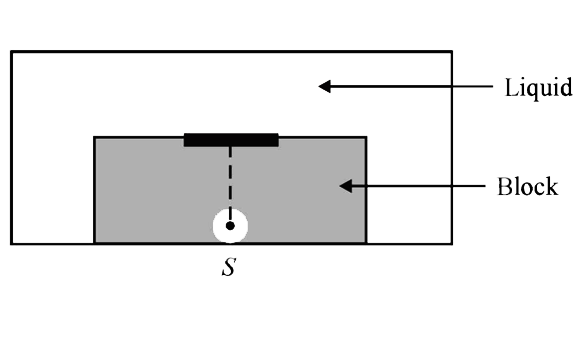 View Solution
View SolutionQuestion 240
A ray of light travelling in a transparant medium falls on a surface separating the medium from air at an angle of incidence of 45degree. The ray undergoes total internal reflection. If n is the refractive in index of the medium with respect to air, select the possible value (s) of n from the following:View SolutionQuestion 244
In an experiment for determination of refractive index of glass of a prism by i−δ, plot it was found thata ray incident at angle 35∘, suffers a deviation of 40∘ and that it emerges at angle 79∘. In that case which of the following is closest to the maximum possible value of the refractive index?View SolutionQuestion 247
Water (with refractive index = 4/3) in a tank is 18cm deep. Oil of refraction index 7/4 lies on water making a convex surface of radius of curvature R=6cm as shown in Fig. Consider oil to act as a thin lens. An object S is placed 24cm above water surface. The location of its image is at xcm above the bottom of the tank. Then x is.
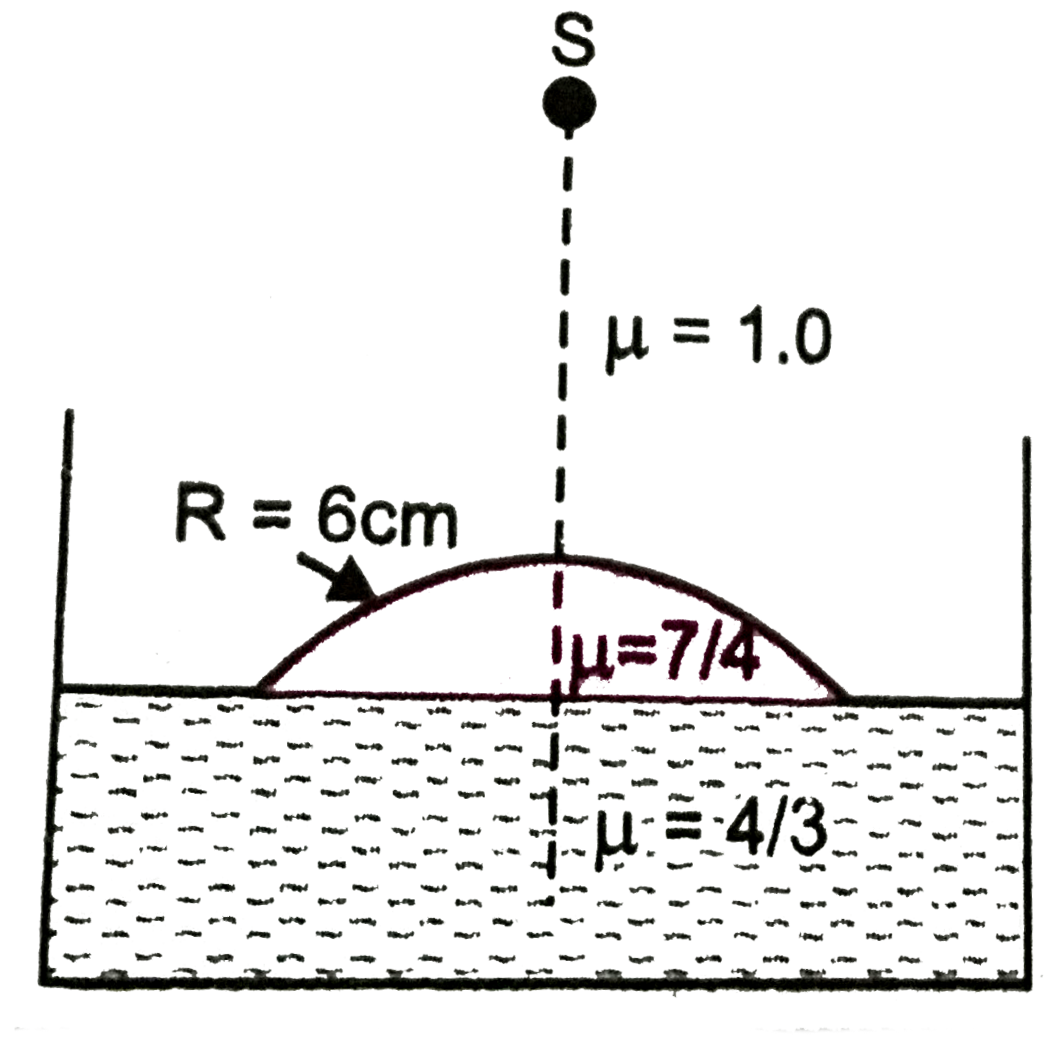 .View Solution
.View SolutionQuestion 249
A converging beam of rays in incident on a diverging lens. Having passed through the lens the rays intersect at a point 15cm from the lens. If the lens is removed, the point where the rays meet, move 5cm closer to the mounting that holds the lens. Find the focal length of the lens. View SolutionQuestion 250
A bi-convex lens is formed with two thin plano-convex lenses as shown in the figure. Refractive index n of th efirst lens is 1.5 and that of the second lens if 1.2 Both the curved surfaces are of the same radius of curvature R=14cm. For this bi-convex lens, for an object distance of 40cm, the image distance will be
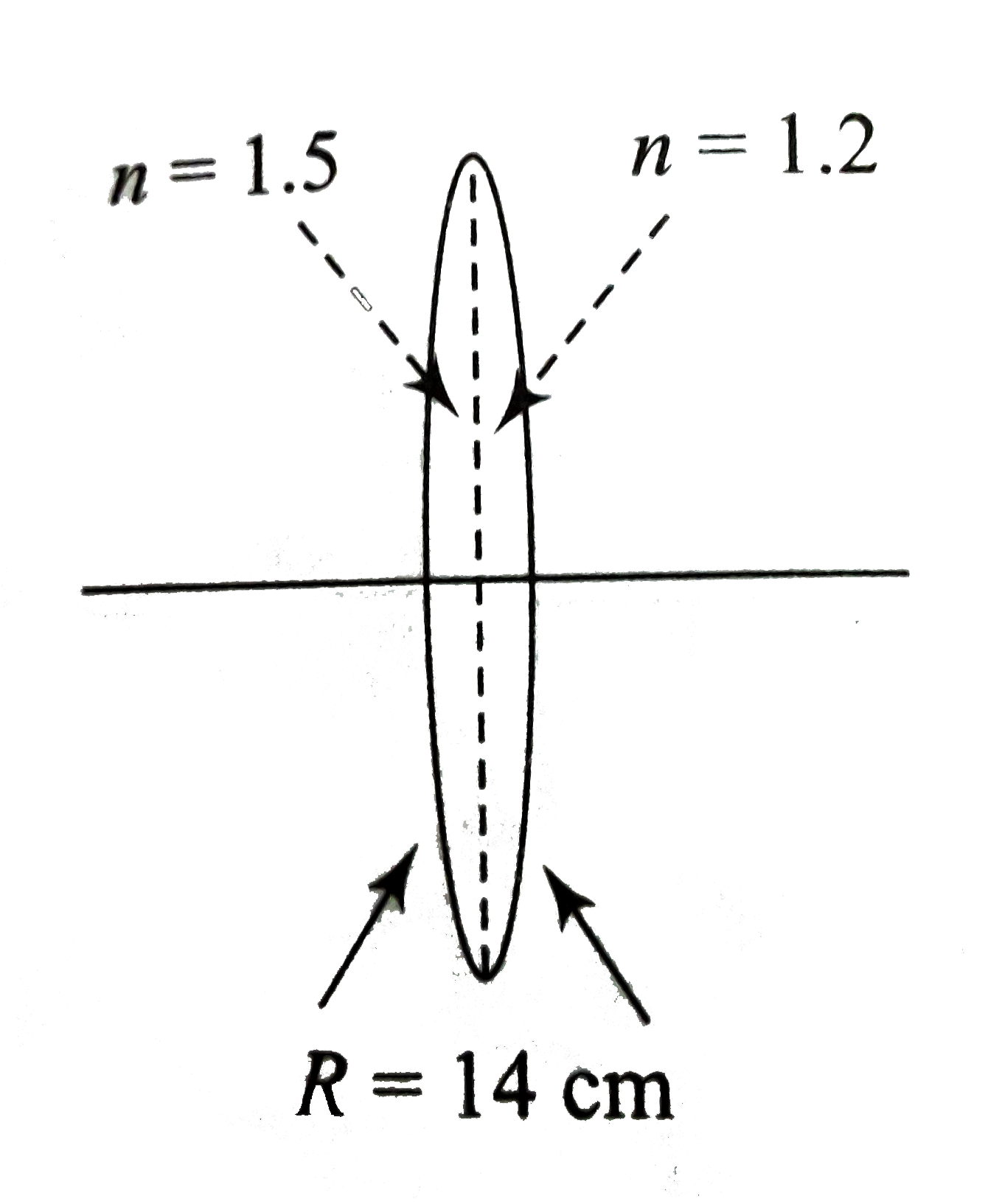 View Solution
View SolutionQuestion 251
An object 2.4 m in front of a lens forms a sharp image on a film 12 cm behind the lens. A glass plate 1 cm thick, of refractive index 1.50 is interposed between lens and film with its plane faces parallel to film. At what distance (from lens) should object shifted to be in sharp focus of film?View SolutionQuestion 253
A plano-convex lens fits exactly into a plano-concave lens. Their plane surfaces are parallel to each other. If the lenses are made of different material of refractive indices μ1 and μ2 and R is the radius of curvature of the curved surface of the lenses, then focal length of the combination is View SolutionQuestion 281
The box of a pin hole camera, of length L, has a hole of radius a . It is assumed that when the hole is illuminated by a parallel beam of light of wavelength λ the spread of the spot (obtained on the opposite wall of the camera) is the sum of its geometrical spread and the spread due to diffraction. The spot would then have its minimum size (say b_(min)) when:View SolutionQuestion 282
A ray of light travelling in a transparant medium falls on a surface separating the medium from air at an angle of incidence of 45degree. The ray undergoes total internal reflection. If n is the refractive in index of the medium with respect to air, select the possible value (s) of n from the following:View SolutionQuestion 283
A spherical surface of radius of curvature R separates air (refractive index 1.0) from glass (refractive index 1.5). The centre of curvature is in the glass. A point object P placed in air is found to have a real image Q in the glass. The line PQ cuts the surface at a point O, and PO=OQ. The distance POView SolutionQuestion 288
A student performed the experiment of determination of focal length of a concave mirror by u−v method using an optical bench of length 1.5 meter. The focal length of the mirror used is 24 cm. The maximum error in the location of the image can be 0.2 cm. The 5 sets of (u,v) values recorded by the student (in cm) are: (42,56),(48,48),(60,40),(66,33),(78,39) . The data set (s) that cannot come from experiment and is (are) incorrectly recorded, is (are)View SolutionQuestion 289
A ray of monochromatic light is incident on one refracting face of a prism of angle 75∘. It passes through the prism and is incident on the other face at the critical angle. If the refractive index of the material of the prism is √2, the angle of incidence on the first face of the prism is View SolutionQuestion 294
Power (P) of a lens is given by reciprocal of focal length (f) of the lens. i.e. P=1/f. When f is in metre, P is in dioptre. For a convex lens, power is positive and for a concave lens, power is negative. When a number of thin lenses of powers p1,p2,p3.... are held in contact with one another, the power of the combination is given by algebraic sum of the powers of all the lenses
i.e., P=p1+p2+p3+........
Answer the following questions :
Focal length of the combined three lenses would beView SolutionQuestion 295
Power (P) of a lens is given by reciprocal of focal length (f) of the lens. i.e. P=1/f. When f is in metre, P is in dioptre. For a convex lens, power is positive and for a concave lens, power is negative. When a number of thin lenses of powers p1,p2,p3.... are held in contact with one another, the power of the combination is given by algebraic sum of the powers of all the lenses
i.e., P=p1+p2+p3+........
Answer the following questions :
Focal length of the combined three lenses would beView SolutionQuestion 296
Power (P) of a lens is given by reciprocal of focal length (f) of the lens. i.e. P=1/f. When f is in metre, P is in dioptre. For a convex lens, power is positive and for a concave lens, power is negative. When a number of thin lenses of powers p1,p2,p3.... are held in contact with one another, the power of the combination is given by algebraic sum of the powers of all the lenses
i.e., P=p1+p2+p3+........
Answer the following questions :
Power of second lens is View SolutionQuestion 297
Power (P) of a lens is given by reciprocal of focal length (f) of the lens. i.e. P=1/f. When f is in metre, P is in dioptre. For a convex lens, power is positive and for a concave lens, power is negative. When a number of thin lenses of powers p1,p2,p3.... are held in contact with one another, the power of the combination is given by algebraic sum of the powers of all the lenses
i.e., P=p1+p2+p3+........
Answer the following questions :
Focal length of the combined three lenses would beView SolutionQuestion 298
An initially parallel cylindrical beam travels in a medium of refractive index μ(I)=μ0+μ2I, where μ0 and μ2 are positive constants and I is the intensity of the light beam. The intensity of the beam is decreasing with increasing radius.
30 . At the beam enters the medium, it willView SolutionQuestion 299
An initially parallel cylindrical beam travels in a medium of refractive index μ(I)=μ0+μ2I, where μ0 and μ2 are positive constants and I is the intensity of the light beam. The intensity of the beam is decreasing with increasing radius.
32. The speed of light in the medium is View SolutionQuestion 300
An intially parallel cyclindrical beam travels in a medium of refractive index μ(I)=μ0+μ2I, where μ0 and μ2 are positive constants and I is intensity of light beam. The intensity of the beam is decreasing with increasing radius.
Answer the following questions :
The initial shape of the wavefront of the beam is View SolutionQuestion 303
In a tank filled with a liquid of refractive index 5/3, a point source of light is placed 2m below the surface of water. To cut off all light coming out of water from the source, what should be the minimum diameter of a disc, which should be placed over the source on the surface of water ?View SolutionQuestion 304
A drop of liquid is spread over the hypotenuse of a right angled isosceles prism as shown in Fig. and a ray of light is incident normally on face AB of the prism. If refractive index of liquid is √2, then for total internal reflection to occur, refractive index of material prism should be :
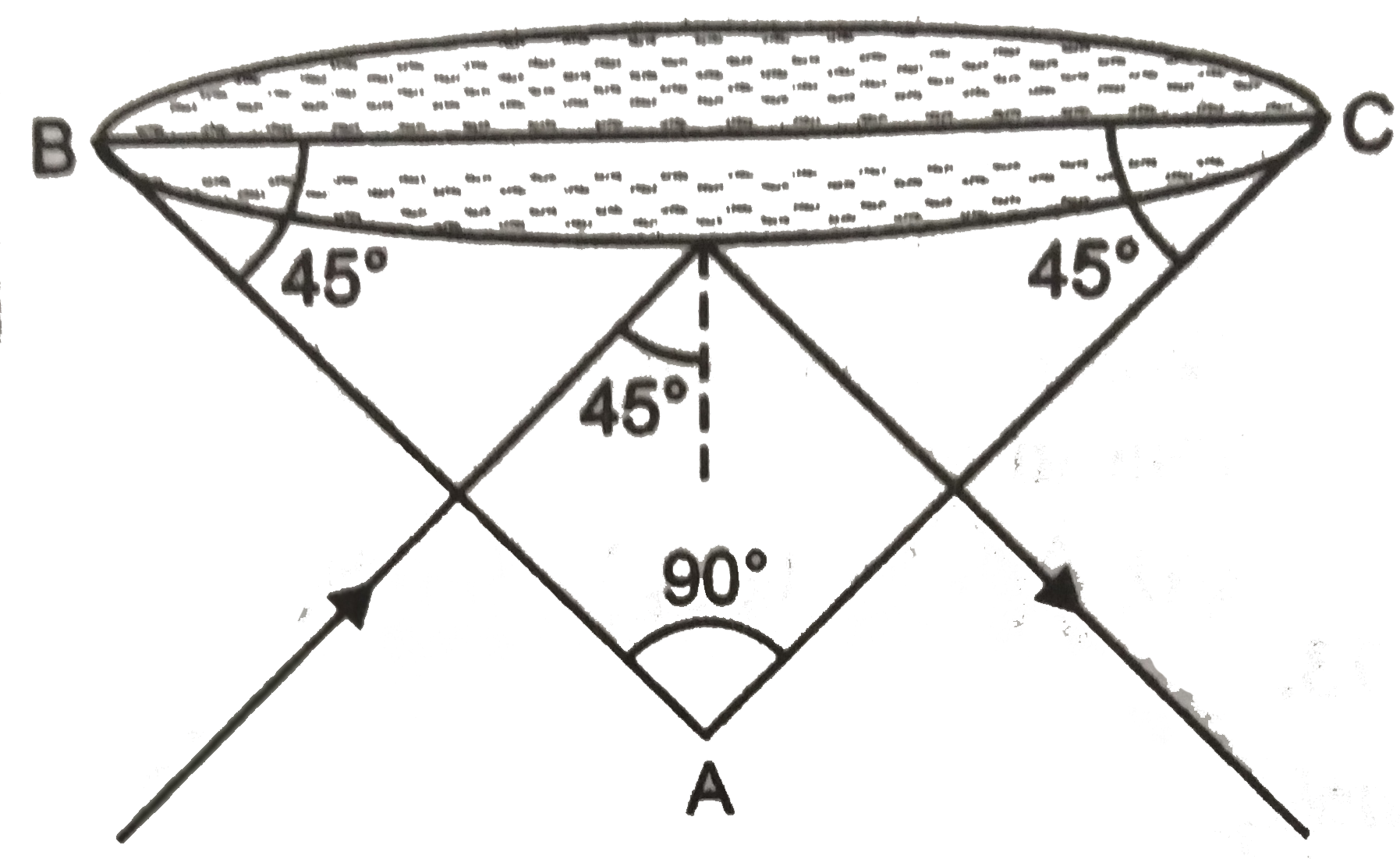 View Solution
View SolutionQuestion 349
Two objects A and B, when placed one after another in front of a conacve mirror of focal length 10cm, from images of same size. Size of object A is four times that of B. If object A is placed at a distance of 50cm from the mirror, what should be the distance of B from the mirror ?View SolutionQuestion 362
Two plane mirror are inclined to eachother at an angle θ=70∘, Fig. A ray SO of light falls at some angle i on the mirror M1, falls after reflection from it, on the other mirror M2 from which it gets reflected along a direction parallel to the plane mirror M1. Find the value of ∠i.
 View Solution
View SolutionQuestion 364
Size of an object P is four times that of Q. It is required that the size of the image of P and Q, placed one after the other at certain distances away from a concave mirror of radius of curvature 20cm should be equal. To achieve this, if the distance of P from the mirror is 50cm, what must be the distance of Q ?View SolutionQuestion 366
A motor car is fitted with a convex driving mirror of focal length 20cm. A second motor car is 6m away from the driving mirror of the first car. Calculate (i) position of second car as seen in the first car mirror.
(ii) if the second car is overtaking the first car at a relative speed of 15m/s, how will its image be moving and in what direction ?View Solution
All Exercises from PRADEEP PHYSICS (HINGLISH) Class 11 PHYSICS RAY OPTICS
- (COMPETITION)COMPREHENSION
- (COMPETITION)MULTIPLE CHOICE
- (EXEMPLAR) MULTIPLE CHOICE
- (TEST YOUR GRIP)FILL IN THE BLANKS (B)
- (TEST YOUR GRIP)FILL IN THE BLANKS (C)
- (TEST YOUR GRIP)FILL IN THE BLANKS (D)
- (TEST YOUR GRIP)FILL IN THE BLANKS(A)
- (TEST YOUR GRIP)MULTIPLE CHOICE (B)
- (TEST YOUR GRIP)MULTIPLE CHOICE (C)
- (TEST YOUR GRIP)MULTIPLE CHOICE (D)
- (TEST YOUR GRIP)MULTIPLE CHOICE(A)
- (TEST YOUR GRIP)MULTIPLE CHOICE(SEC -A)
- ASSERTION-REASON QUESTION
- INTEGER QUESTION
- PROBLEM FOR PRACTICE(A)
- PROBLEM FOR PRACTICE(B)
- PROBLEM FOR PRACTICE(C)
- PROBLEM FOR PRACTICE(D)
- (NCERT)EXERCISE WITH SOLUTION
- (NCERT)LONG ANSWER
- (NCERT)SHORT ANSWER
- (NCERT)VERY SHORT ANSWER
- CONCEPTUAL PROBLEM(A)
- CONCEPTUAL PROBLEM(B)
- CONCEPTUAL PROBLEM(C)
- CONCEPTUAL PROBLEM(D)
- HIGHER THINKING ORDER
- LONG ANSWER (A)
- LONG ANSWER (B)
- LONG ANSWER (C)
- LONG ANSWER (D)
- SAMPLE PROBLEM(A)
- SAMPLE PROBLEM(B)
- SAMPLE PROBLEM(C)
- SAMPLE PROBLEM(D)
- SHORT ANSWER(A)
- SHORT ANSWER(B)
- SHORT ANSWER(C)
- SHORT ANSWER(D)
- SOLVED EXAMPLE(A)
- SOLVED EXAMPLE(B)
- SOLVED EXAMPLE(C )
- SOLVED EXAMPLE(D)
- VERY SHORT (A)
- VERY SHORT ANSWER (B)
- VERY SHORT ANSWER (C)
- VERY SHORT ANSWER (D)

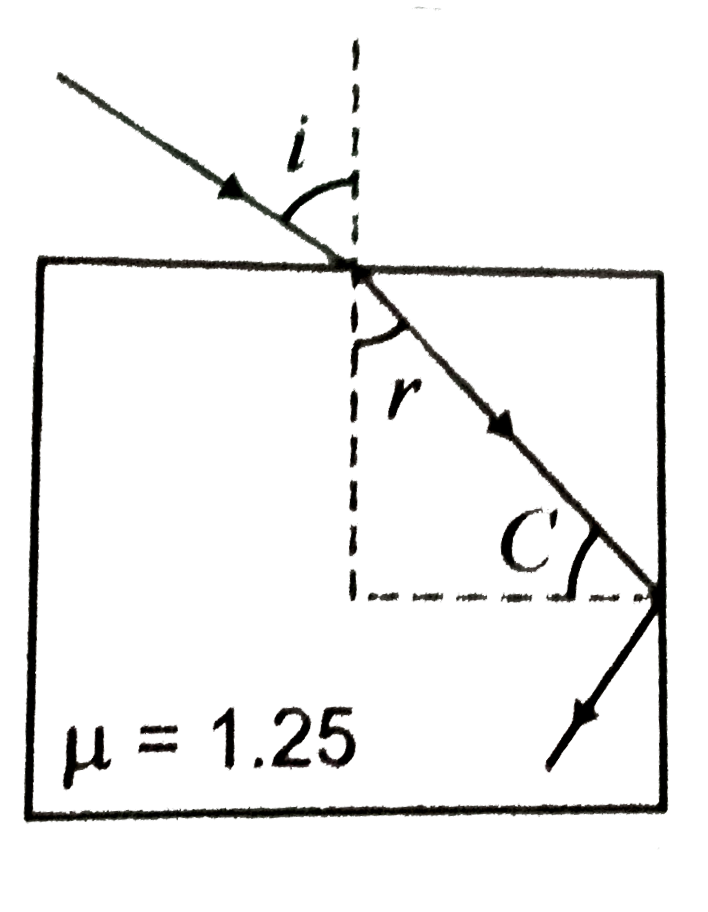 .
.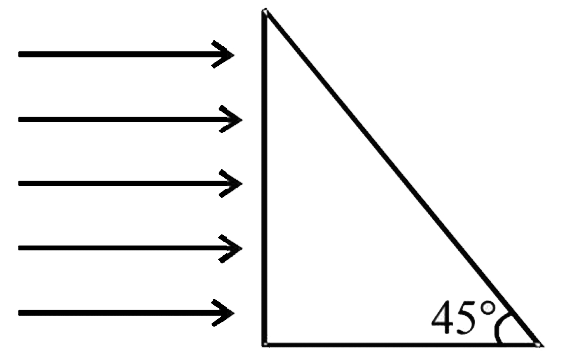
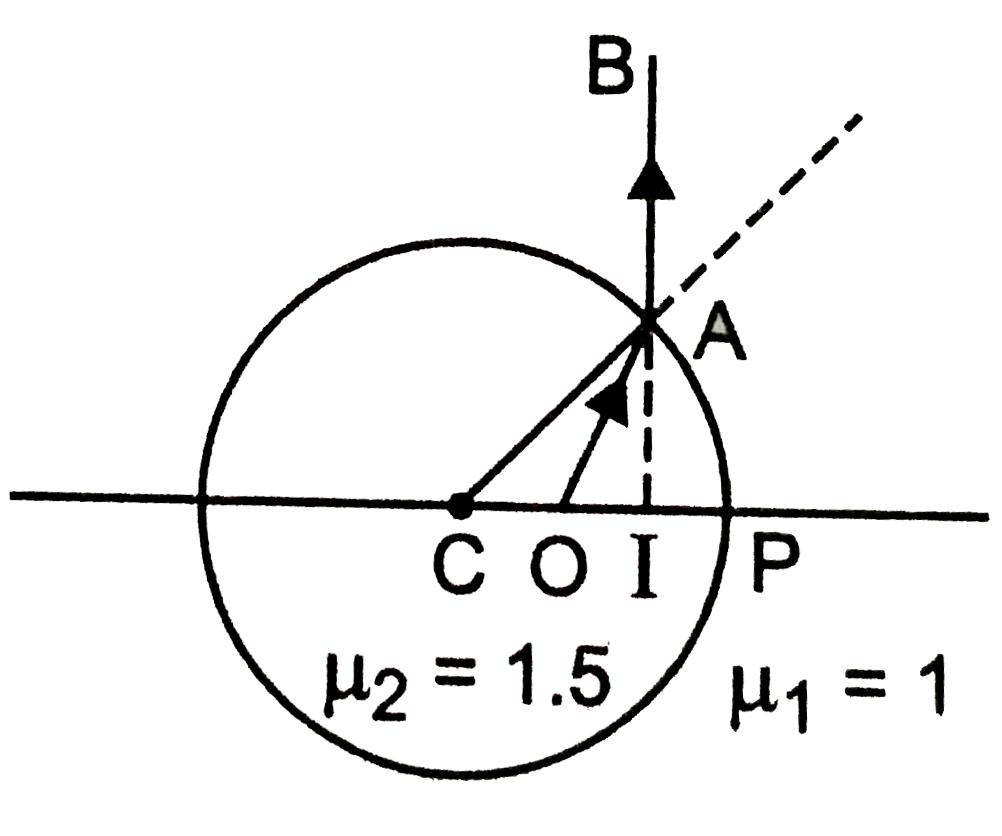 .
. .
.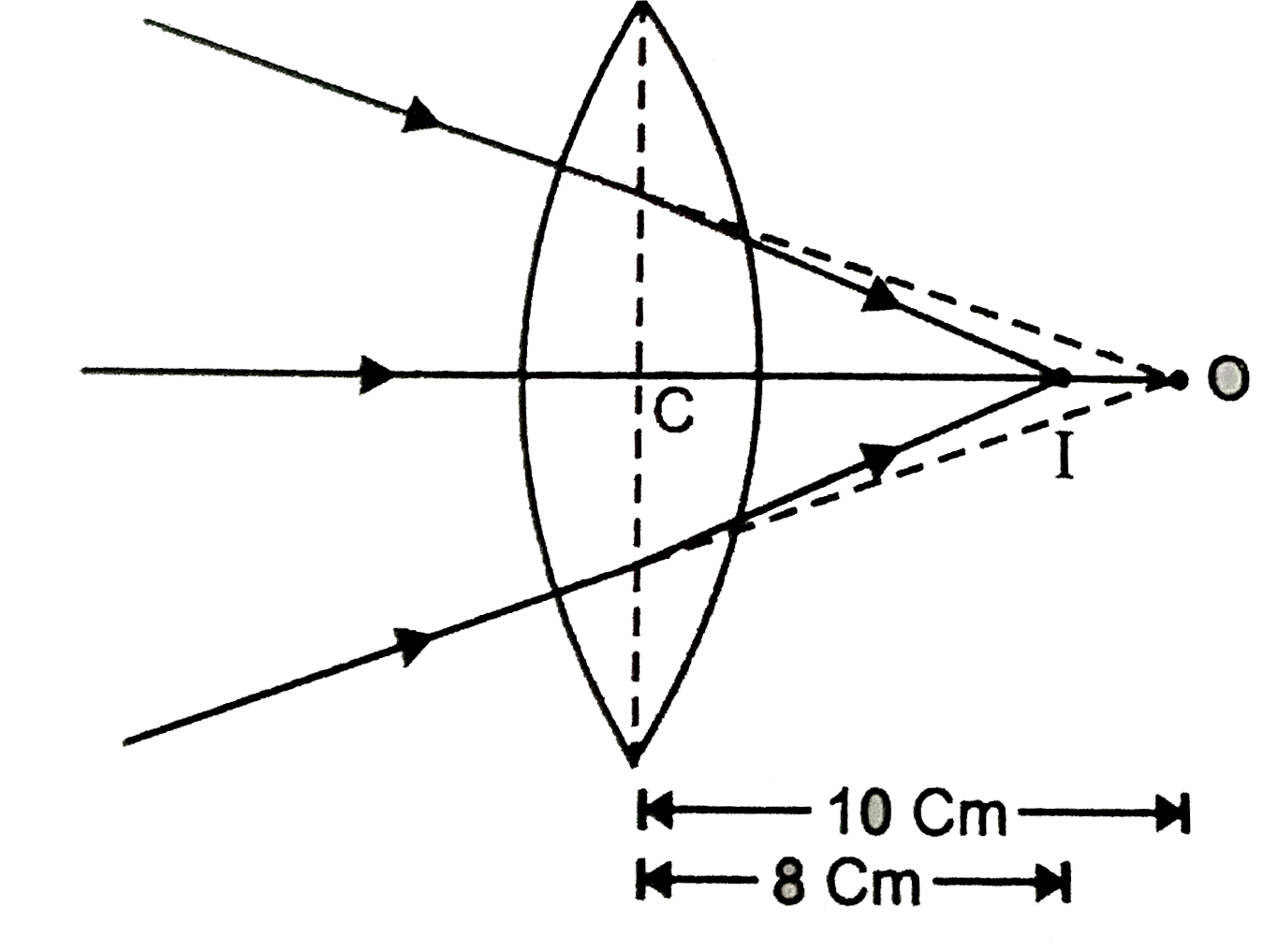 .
.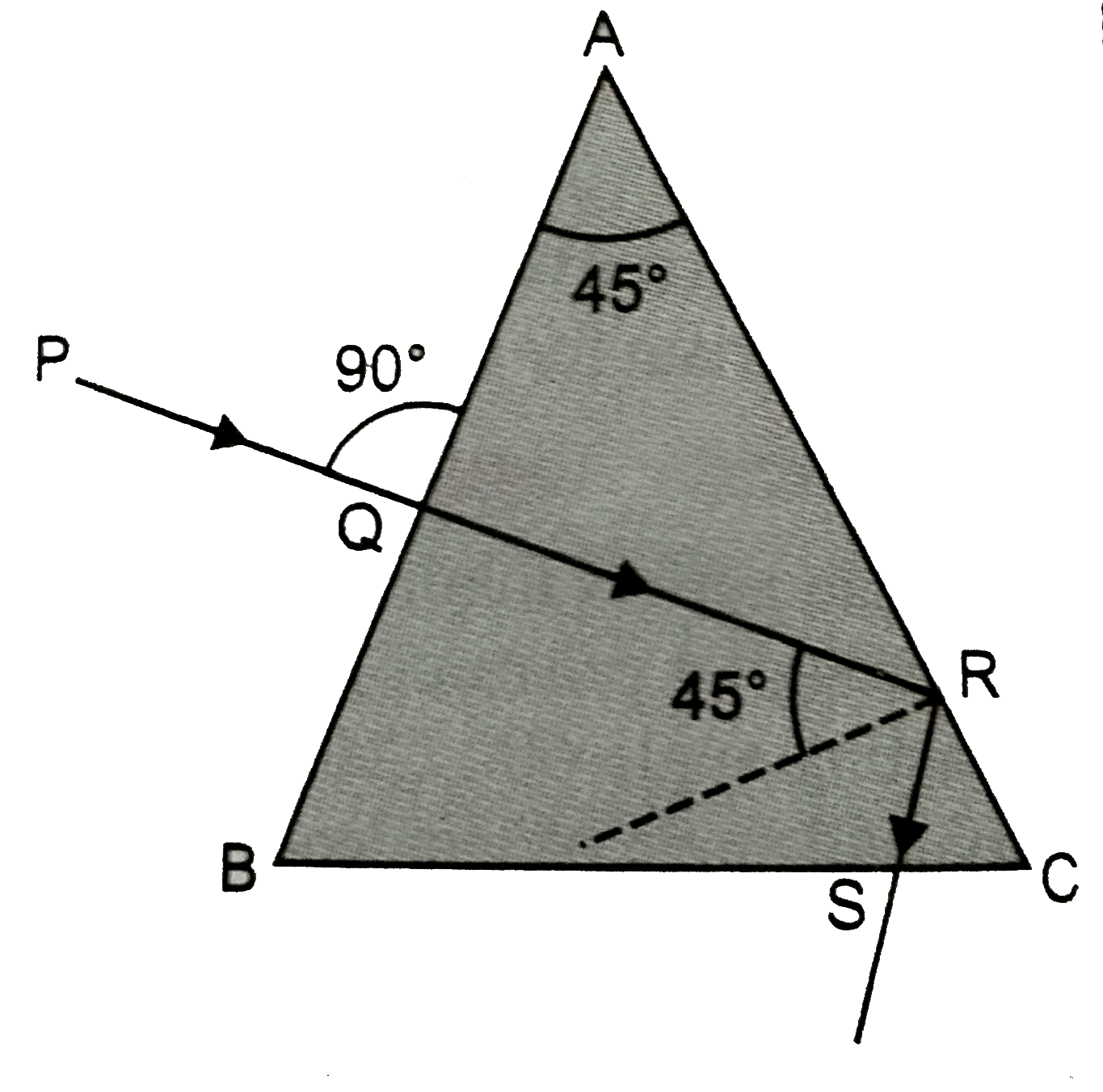 .
. .
.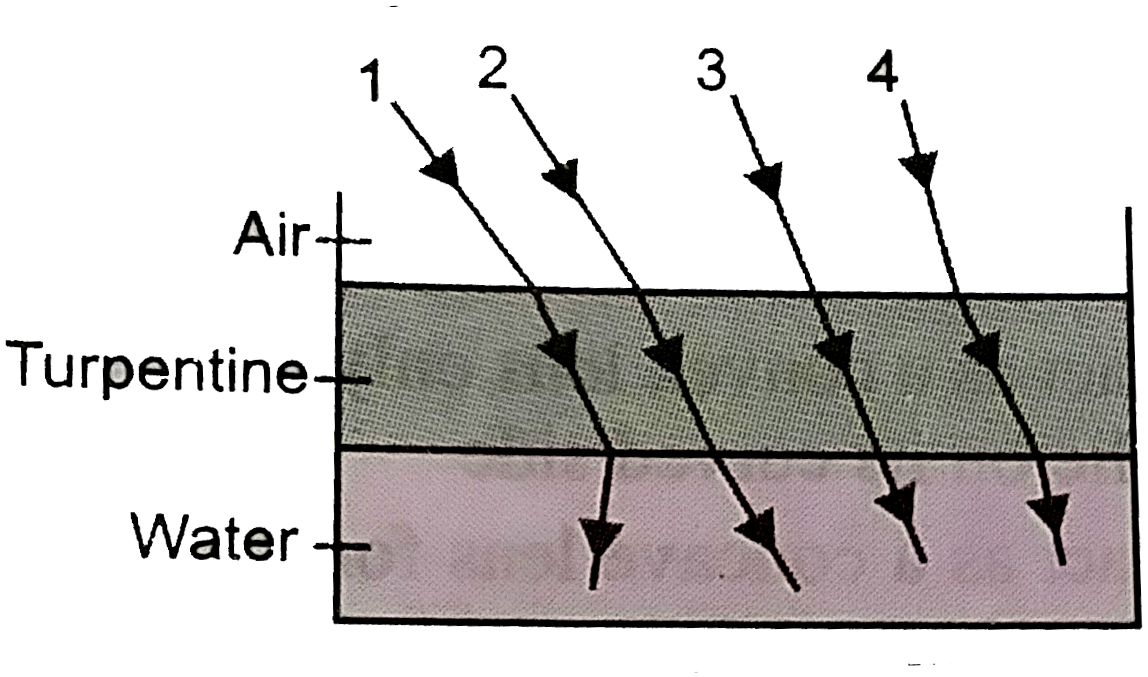 .
.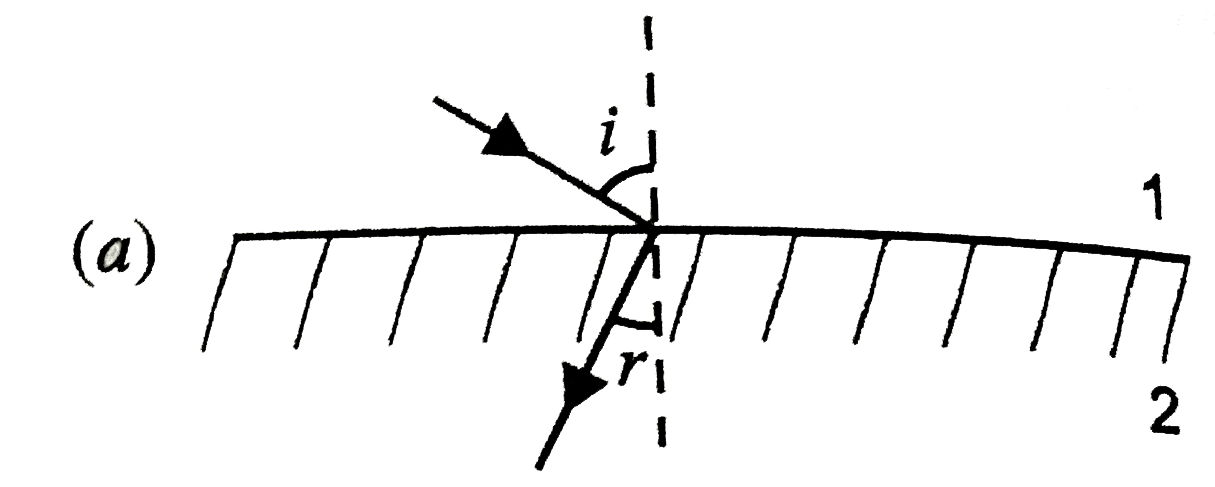 .
.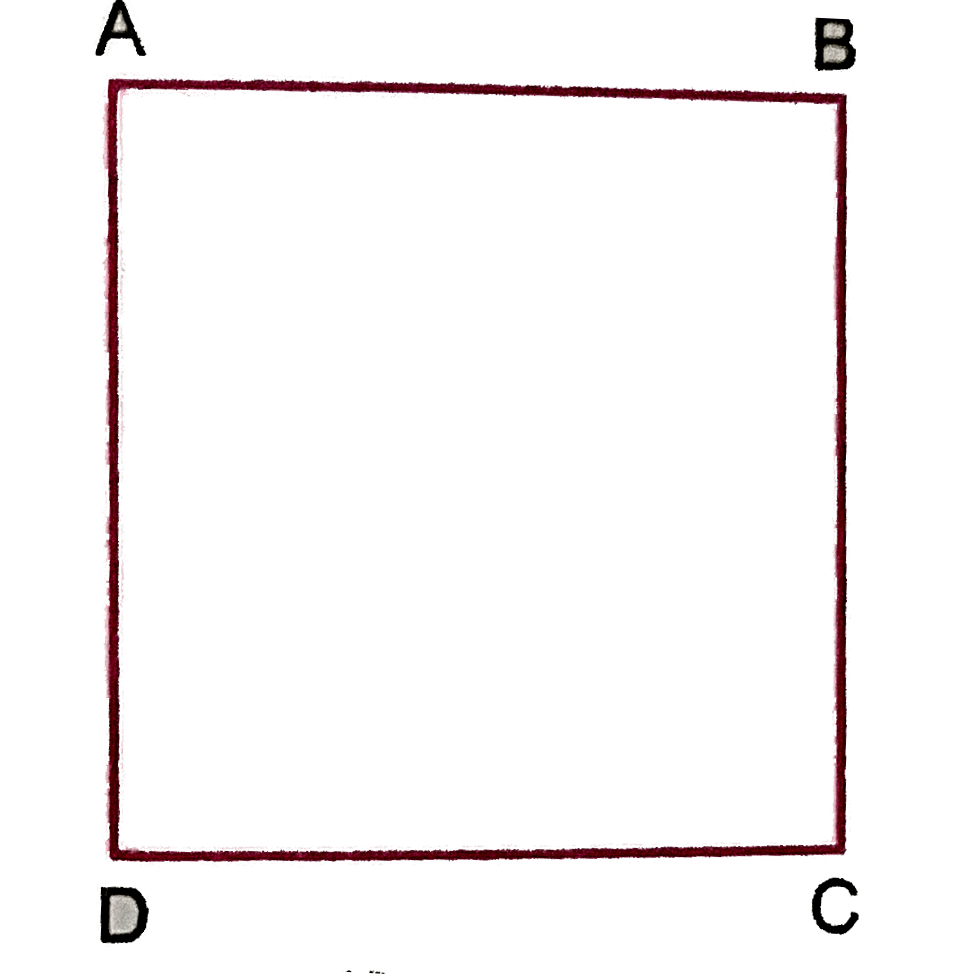 .
.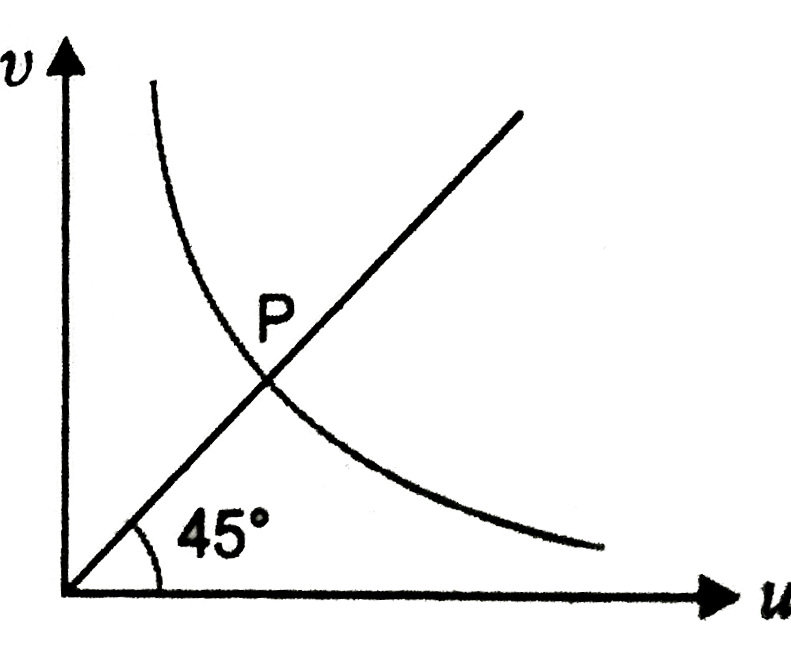 .
.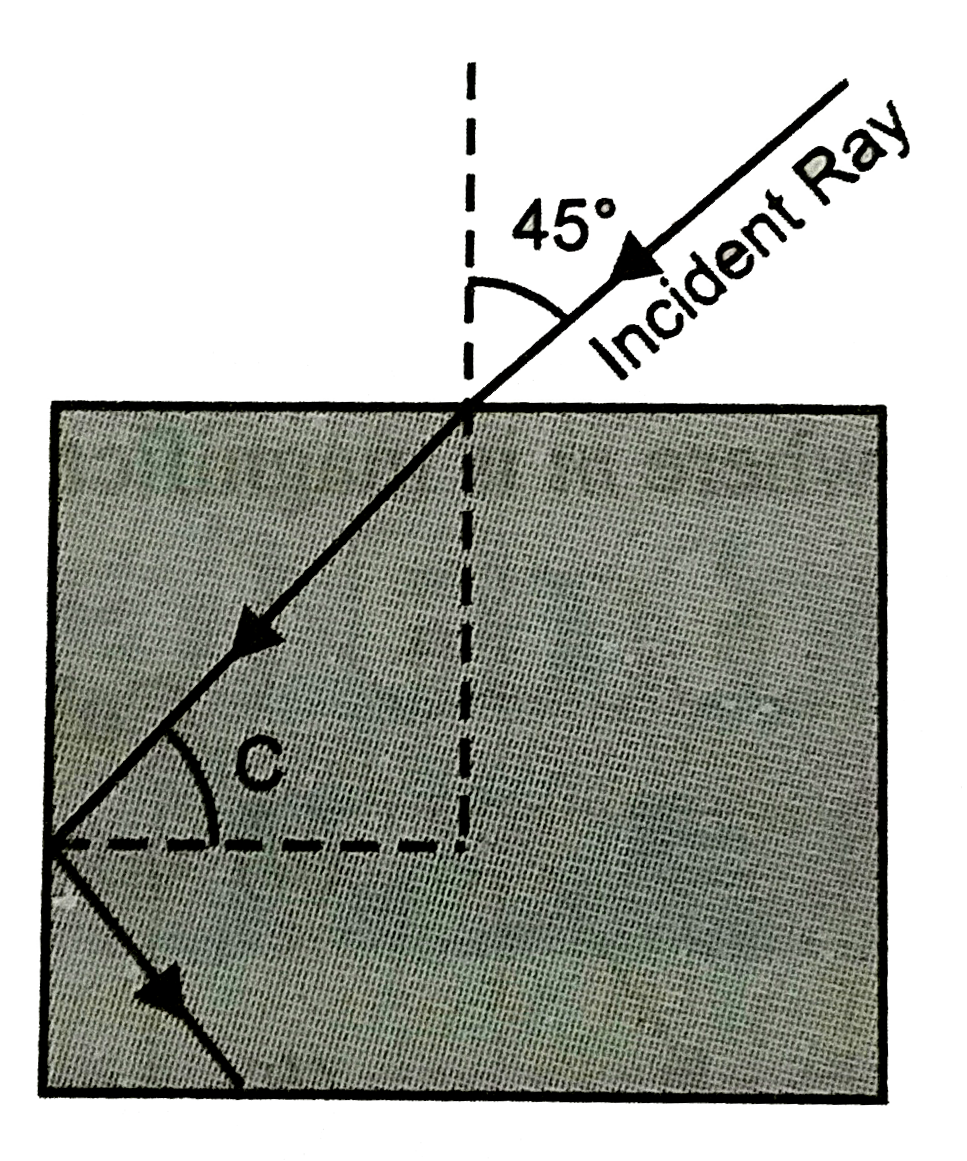 .
.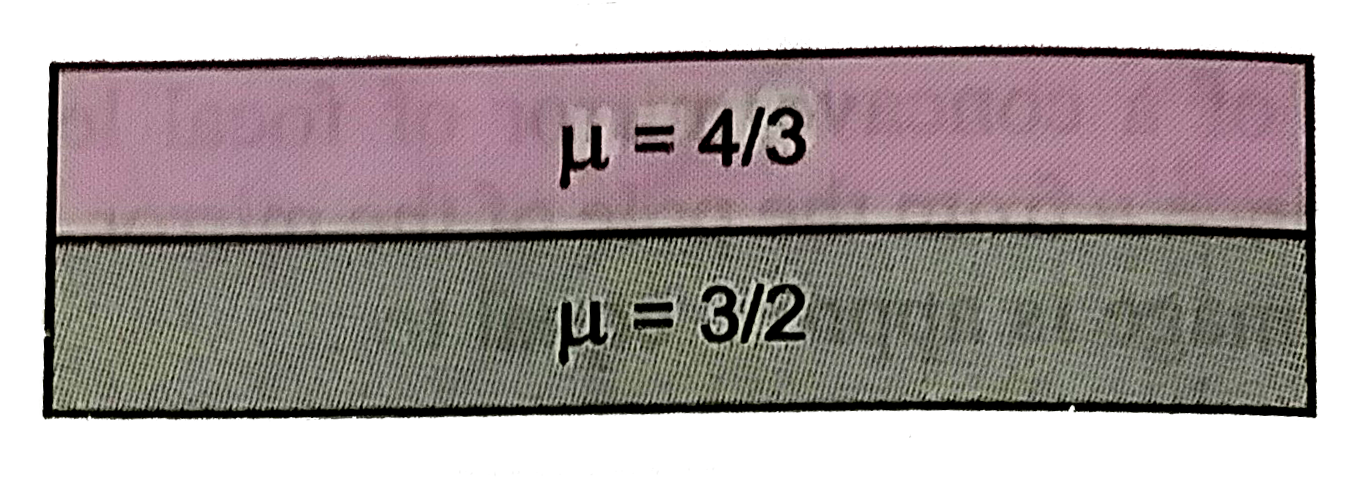 .
.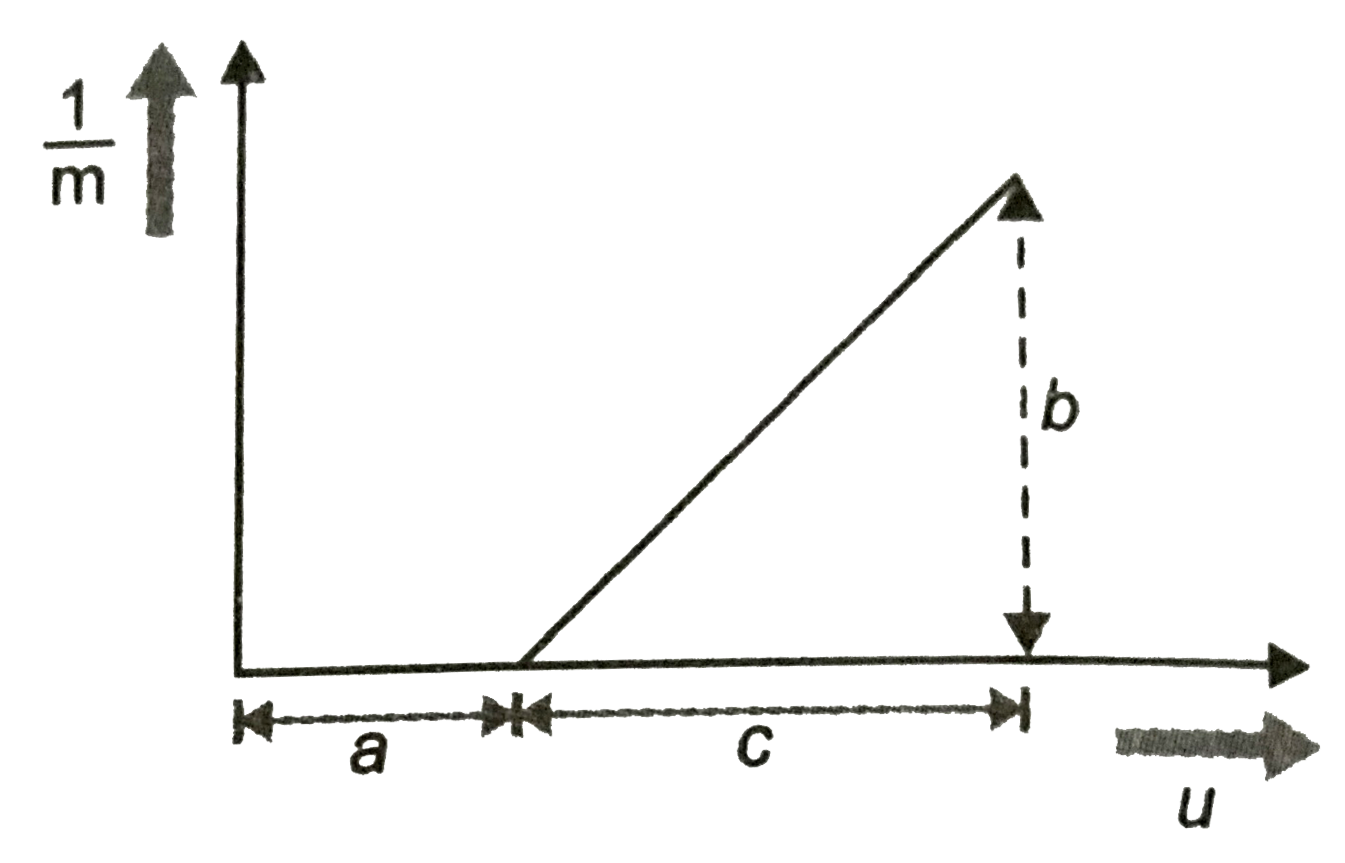 .
.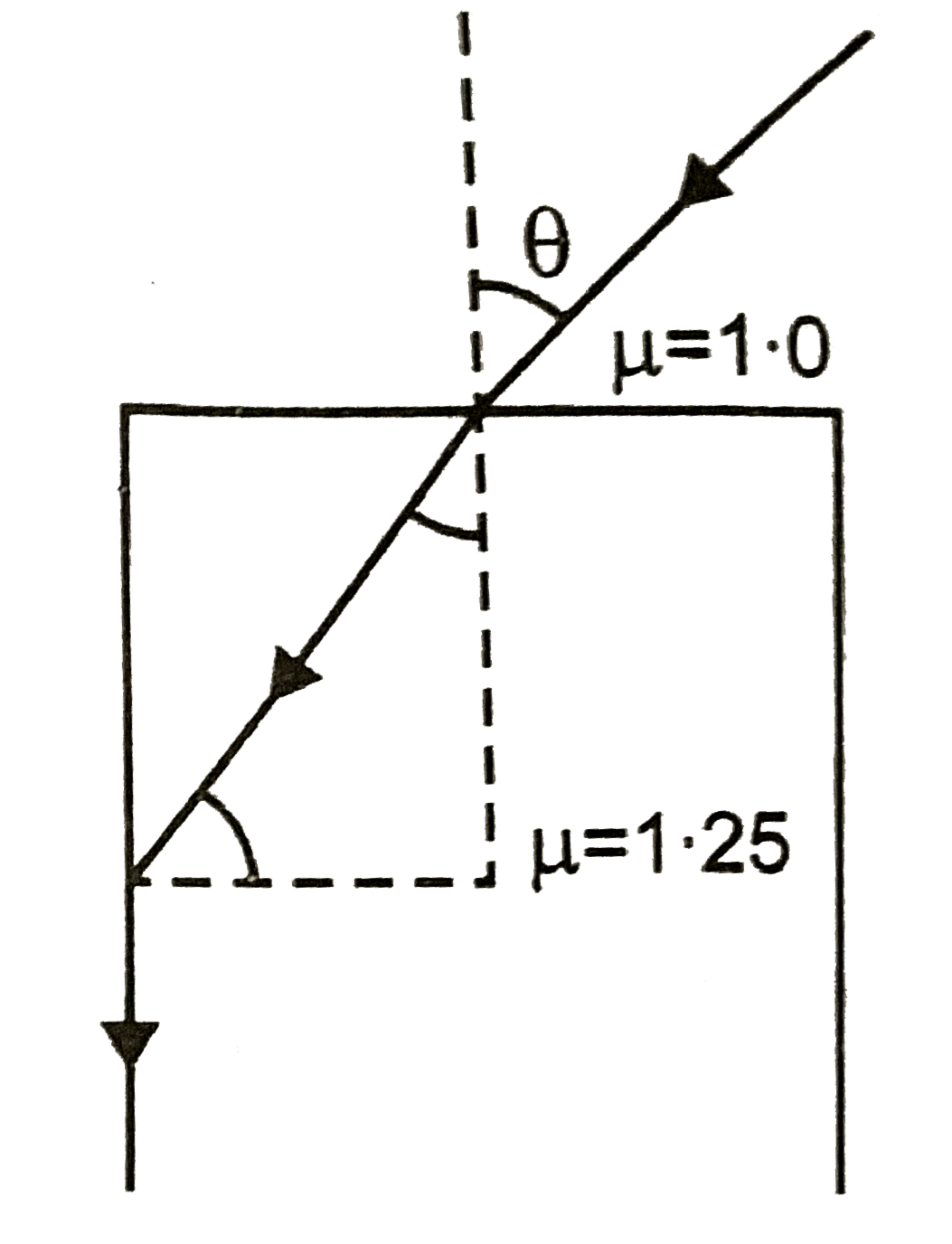 .
. .
.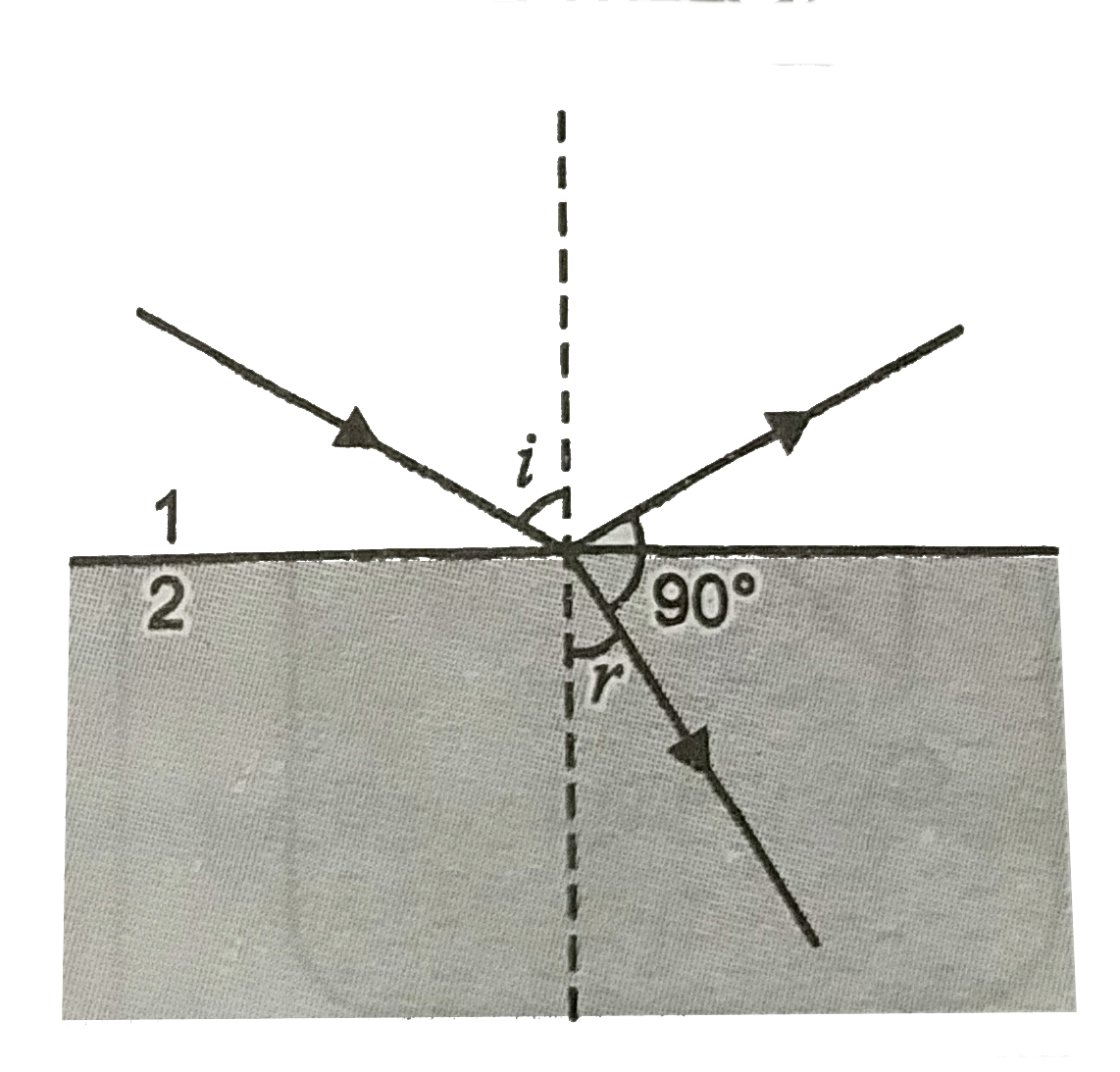 .
.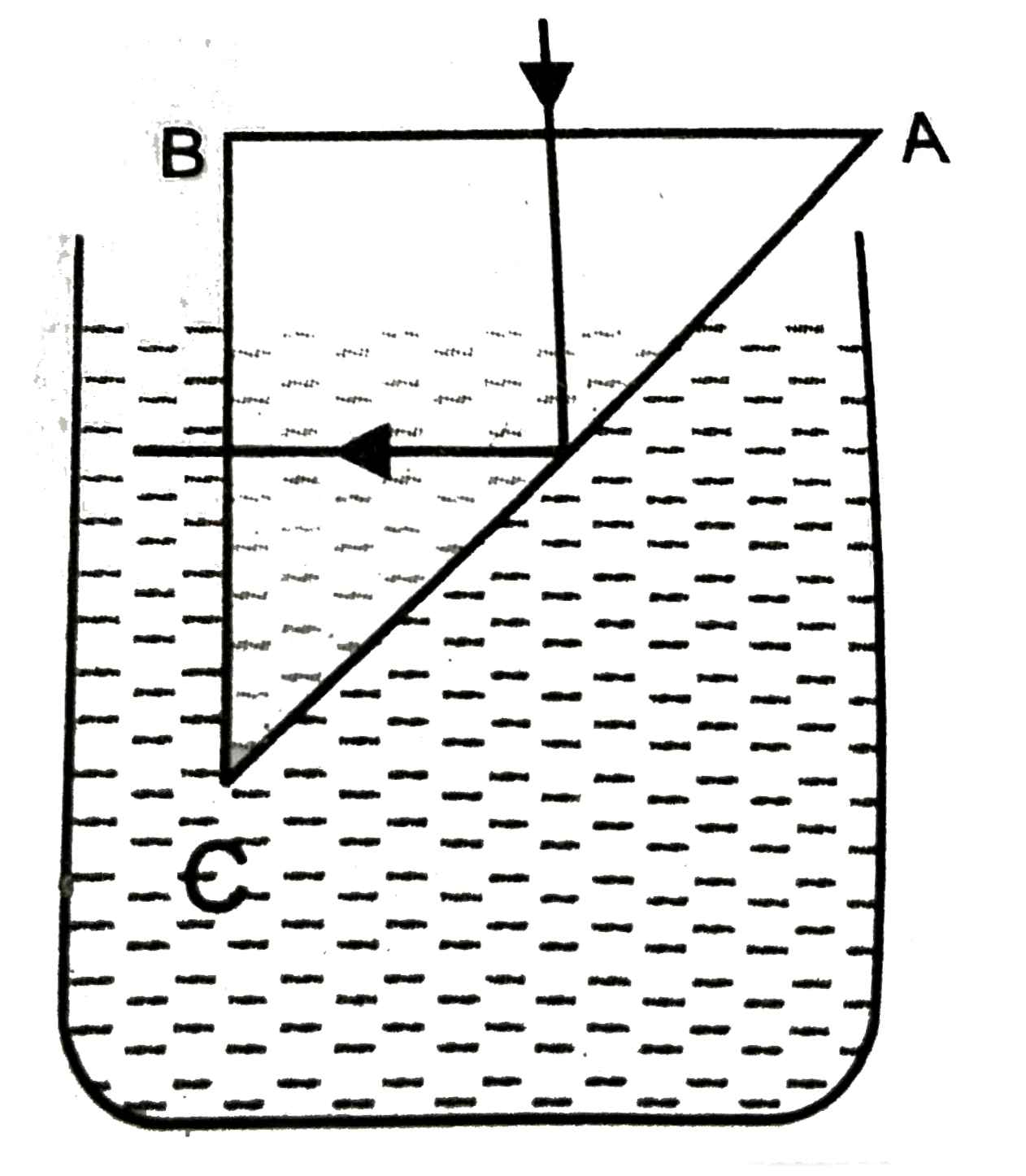 .
.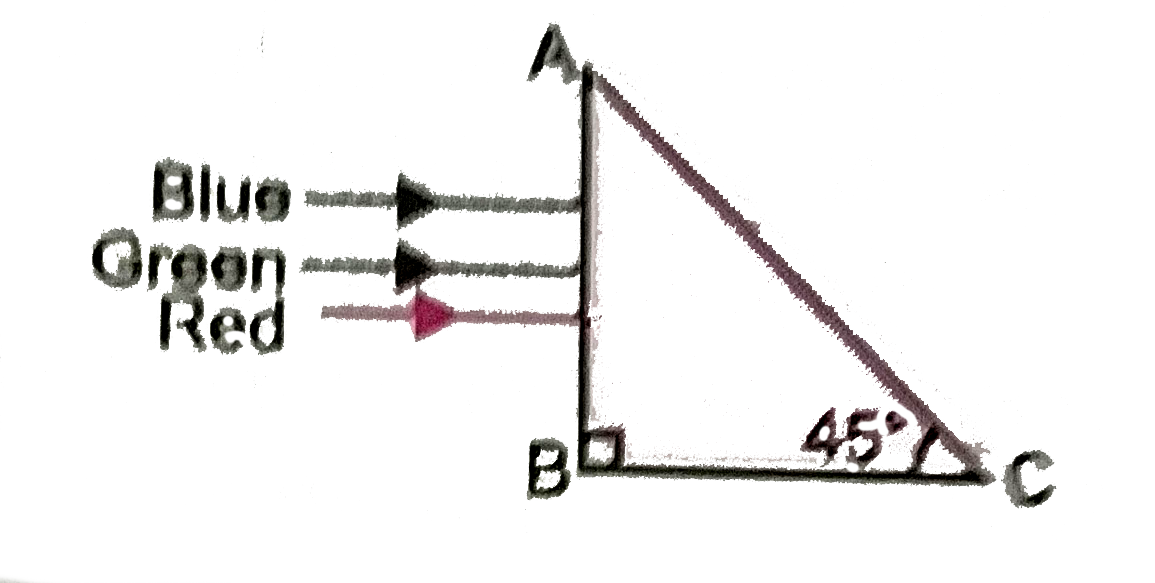 .
.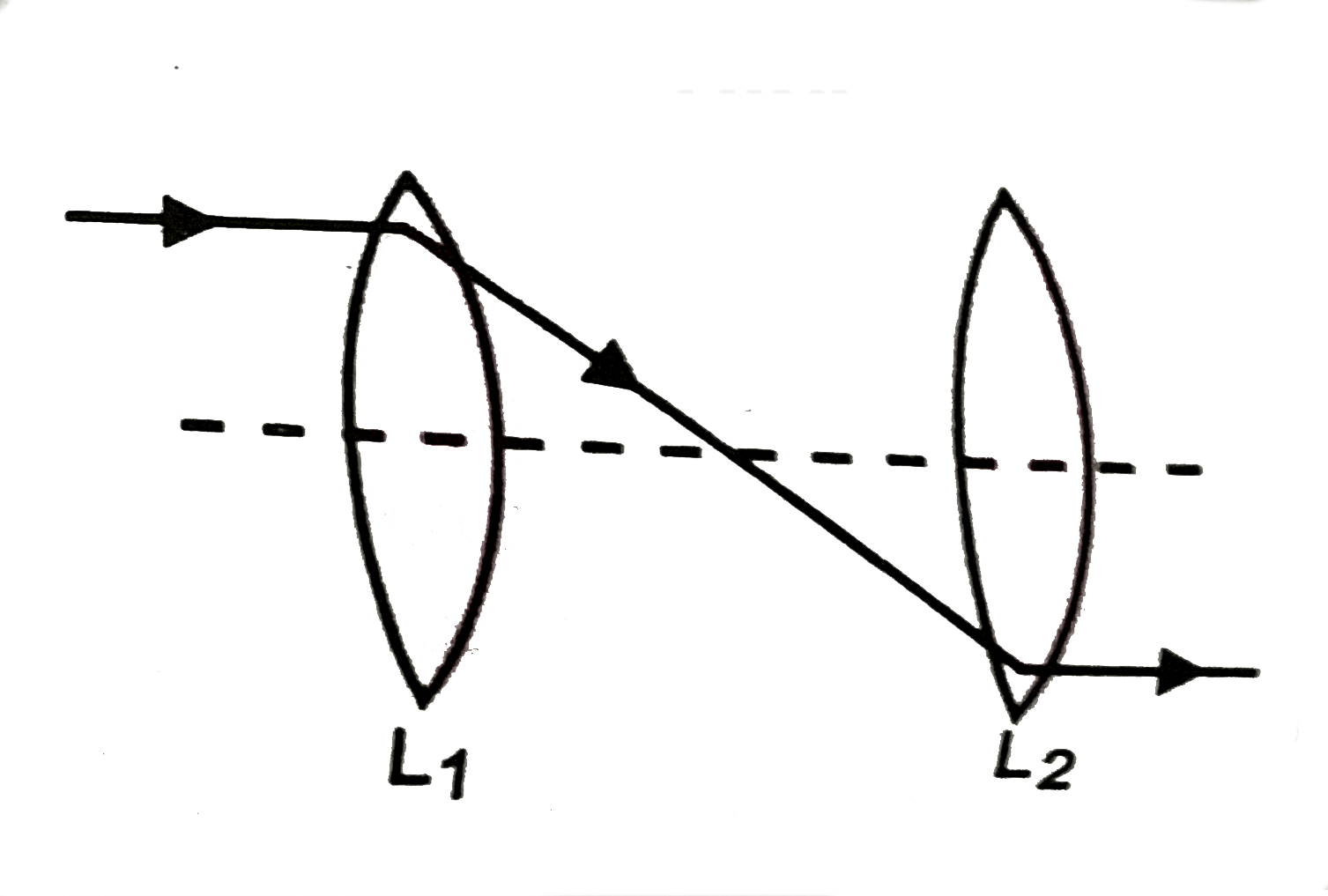 .
.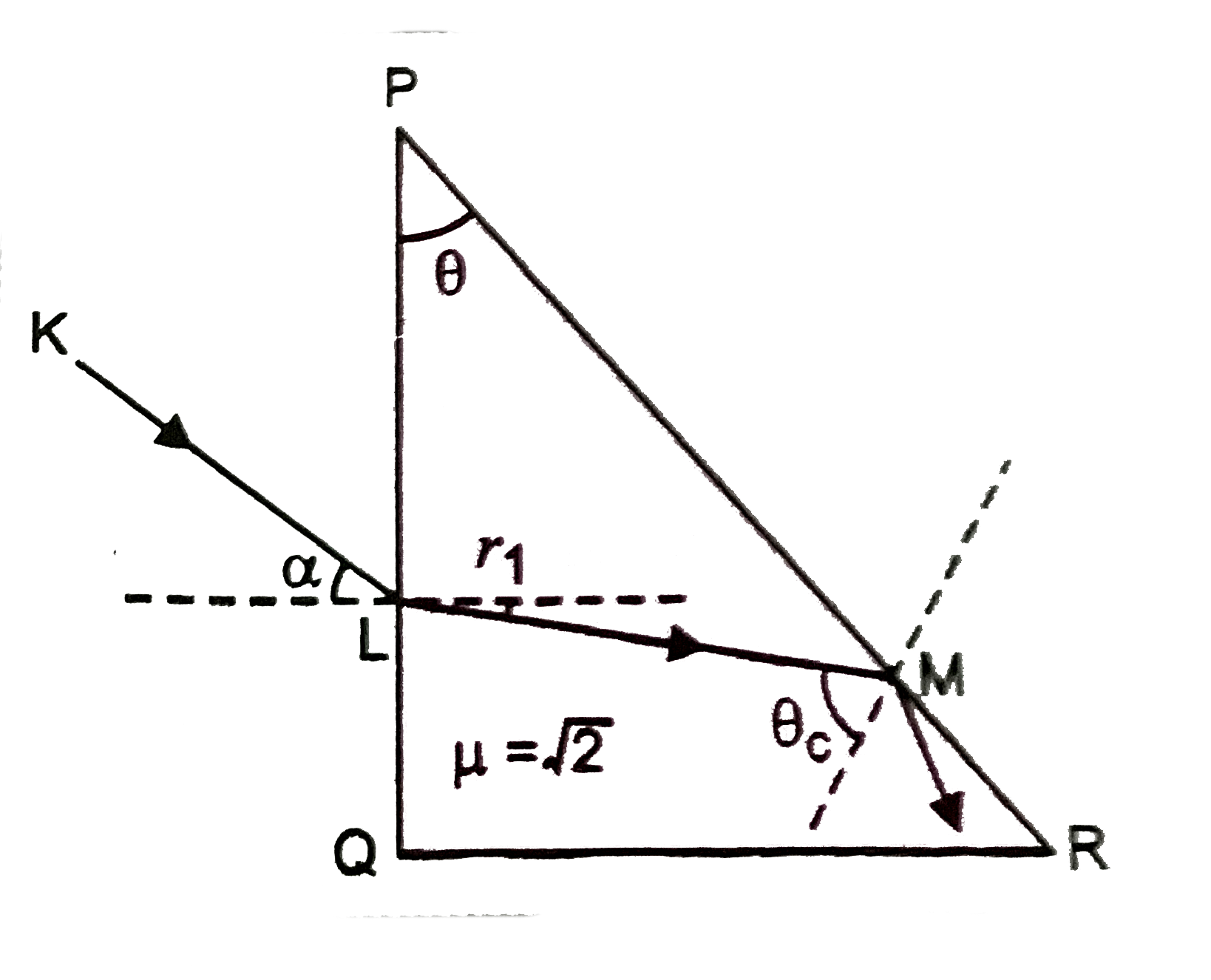 .
.
